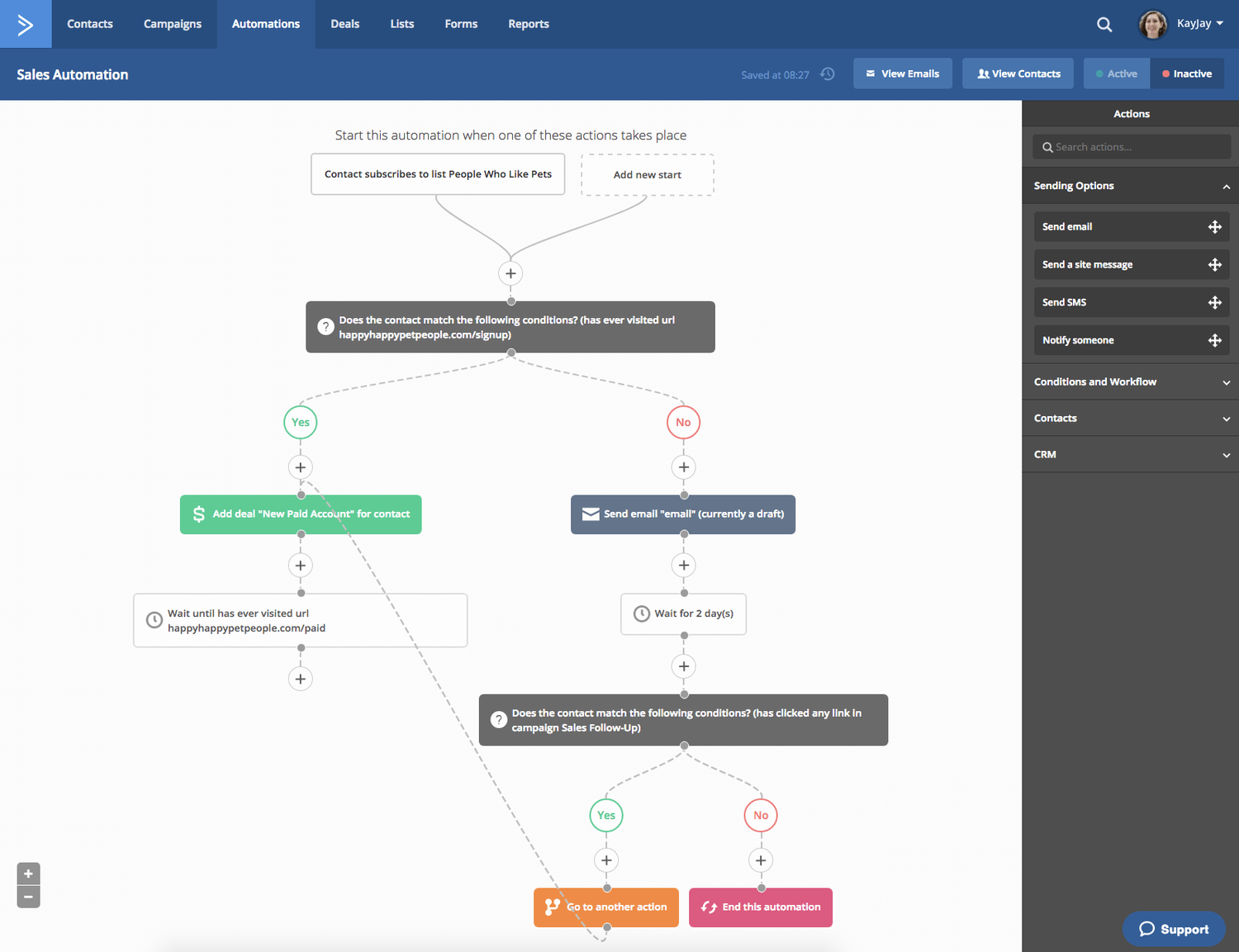Address
Brisbane Office | Level 13, 10 Market Street, Brisbane, QLD 4000
Toowoomba Office | Level 1, 436 Ruthven St, Toowoomba, QLD 4350
Servicing Toowoomba, Brisbane, Sunshine Coast, Gold Coast. Sydney, Melbourne and beyond.
Get in touch
hello@nuagemarketing.com.au
0427 410 594

As more and more people use mobile devices to access the internet, mobile optimisation has become a crucial aspect of digital marketing. Mobile optimisation involves creating a website that is optimised for mobile devices, such as smartphones and tablets. In this blog post, we'll discuss the importance of mobile optimisation and provide tips for optimizing your website for mobile devices.
Why is Mobile Optimisation Important?
Mobile optimisation is important for several reasons. First, more people are using mobile devices to access the internet than ever before. In fact, according to Statista, over half of all internet traffic comes from mobile devices. This means that if your website is not optimised for mobile devices, you could be missing out on a large portion of your potential audience.
Second, mobile optimisation can improve your website's user experience. Mobile users have different needs and expectations than desktop users. For example, mobile users are often looking for quick access to information, while desktop users may be more likely to read longer articles or watch videos. By optimising your website for mobile devices, you can provide a better user experience for mobile users, which can lead to increased engagement and conversions.
Finally, mobile optimisation can improve your website's search engine rankings. Google has stated that mobile-friendliness is a ranking factor, which means that websites that are optimized for mobile devices may rank higher in search results than websites that are not optimized.
Tips for Optimising Your Website for Mobile Devices
Use a Responsive Design A responsive design is a design that adapts to different screen sizes. This means that your website will look great on any device, whether it's a smartphone, tablet, or desktop computer. Using a responsive design is important because it ensures that your website is easy to use and navigate on mobile devices.
Optimise Your Content for Mobile Devices Mobile users have different needs and expectations than desktop users. For example, mobile users are often looking for quick access to information, while desktop users may be more likely to read longer articles or watch videos. To optimise your content for mobile devices, consider breaking up longer articles into shorter paragraphs, using bullet points and lists to make information easier to scan, and using images and videos to make your content more engaging.
Use Mobile-Friendly Fonts and Colors Fonts and colors can have a big impact on the readability of your website on mobile devices. To ensure that your website is easy to read on mobile devices, use fonts that are legible and colors that provide good contrast.
Optimise Your Page Speed Page speed is a crucial factor in mobile optimisation. Mobile users expect websites to load quickly, and if your website is slow to load, they may become frustrated and leave your site. To optimise your page speed for mobile devices, consider compressing images and minifying your code,
Test Your Website on Multiple Devices Finally, it's important to test your website on multiple devices to ensure that it looks and functions correctly on different screen sizes and operating systems. You can use tools like Google's Mobile-Friendly Test to test your website's mobile-friendliness.
Conclusion
Mobile optimization is an essential aspect of digital marketing. By optimizing your website for mobile devices, you can improve your website's user experience, increase engagement and conversions, and improve your search engine rankings. Use the tips outlined in this blog post to optimise your website for mobile devices and ensure that you're reaching your full potential audience.
Fancy another read?

By Nuage Marketing Team
•
June 1, 2024
Email marketing is a powerful tool that allows businesses to connect with their audience and promote their products or services. It is a cost-effective way to reach a large number of people and can be customized to fit the needs of each individual subscriber. However, creating an effective email campaign requires careful planning and attention to best practices. In this blog post, we will discuss the importance of email marketing and provide best practices for creating effective email campaigns.



